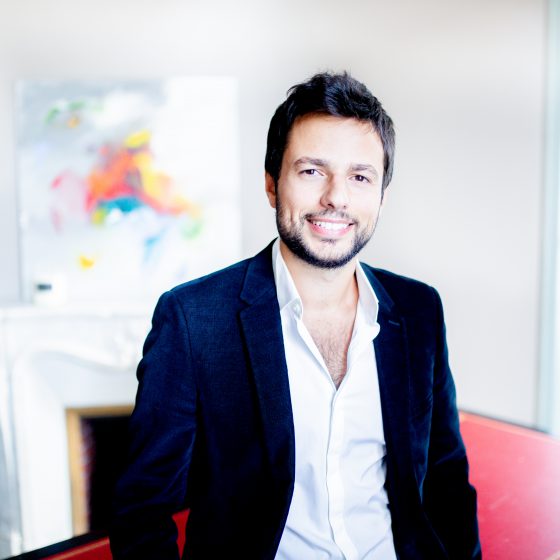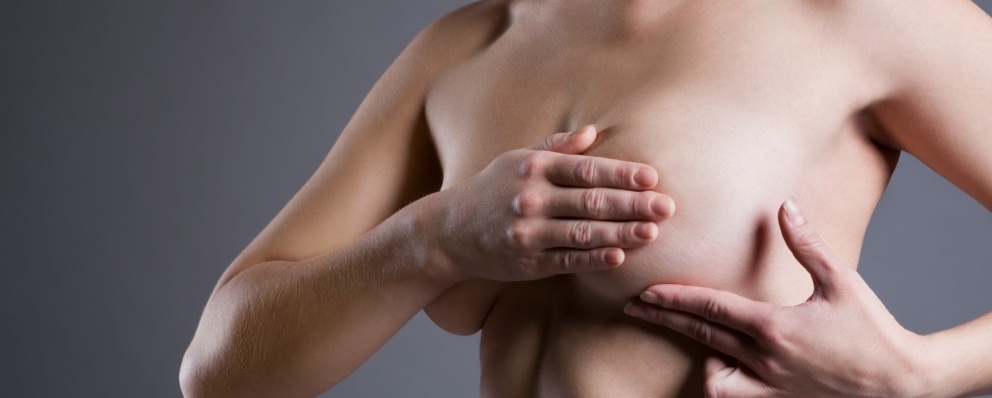BREAST RECONSTRUCTION WITH DIEP IN PARIS
DIEP reconstruction is a reconstructive surgery technique. It makes it possible to restore breast volume using the patient's own tissues (without a prosthesis).
The flap, the living tissue used for reconstruction, is taken from the abdomen.
Your Questions
Frequently Asked Questions in Consultation
WHAT IS SYMMETRIZATION OR SECOND STAGE?
Symmetrization is the second procedure, which aims to operate on the other breast in order to lift +/- reduce breast size.
This second operation is not compulsory if symmetry is achieved during the first operation.
In most cases, this second stage is still necessary (3 to 6 months after the first surgery).
The reconstructed breast (DIEP) can be enlarged by fat injections (breast lipofilling).
The contralateral breast (non-DIEP) is usually raised and the size of the areola is reduced.
HOW IS THE AREOLA RECONSTRUCTED?
Several areola reconstruction techniques are available.
The technique used is chosen in consultation with the patient.
- The nipple (the projected part) :
- Small local flap: like a small fold to reconstruct the nipple;
- Tattoo.
- The areola (the circle around the nipple):
- Skin grafting;
- Tattoo.
HOW DOES THE DIEP FLAP EVOLVE OVER TIME?
The flap is part of the patient's own tissue. These are living tissues, which evolve naturally.
Being made up of fat, it increases in volume with weight gain and decreases in volume with weight loss. This is its major advantage over a breast implant.
It's important to know that reconstruction breast with DIEP ensures better long-term quality of life for patients.
IS DIEP OR IMPLANT RECONSTRUCTION PREFERABLE?
If the conditions are right for DIEP reconstruction, there will be no need for further surgery.
On the other hand, the breast implant reconstruction is less durable in the long term. It may be necessary to replace the implant, or even to perform a new one. autologous reconstruction at a distance, if the implant is poorly tolerated.
If radiotherapy was performed prior to tumor removal as part of the cancer treatment, the preferred treatment will be flap breast reconstruction (DIEP or other).
Your surgeon will help you choose between these two breast reconstruction techniques.
WHAT IS THE FAILURE RATE FOR THIS PROCEDURE?
The DIEP failure rate is approximately 2 %or even less with some teams trained (HEGP). In fact, this technique does not involve foreign body.
It occurs when micro-vessel connections become blocked (thrombosis).
This is generally linked to poor vessel quality. Before we can talk of failure, in most cases we can save the flap by unblocking the affected vessels.
YOU MAY BE INTERESTED
IN THESE SECTIONS
TO DR. DJIAN



Binjourj had a mastectomy in 2018. I would like to have a reconstruction, and I am thinking of the diep method but I live in Corsica. Is this possible or is it inconvenient because there are a lot of appointments with the surgeon postoperatively?
Thank you in advance for your reply.
Dear Madam,
Yes, it's possible. A videoconsultation is possible,
Kind regards,
Dr Djian